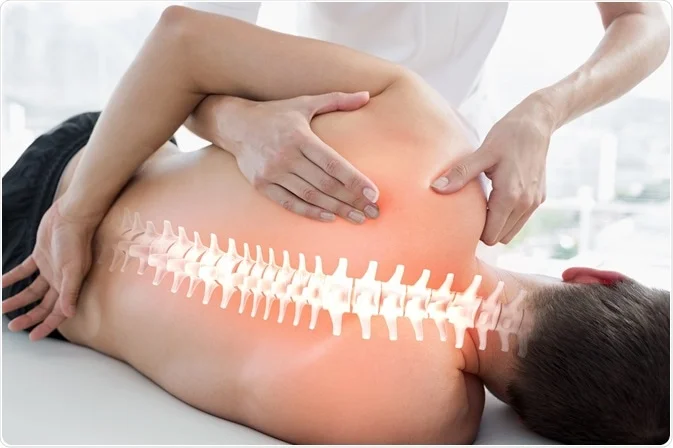Spinal Manipulation
Book AppointmentWhat Is Spinal Manipulation?
Spinal Manipulation Therapy (SMT) is a technique that treats back pain, neck pain, and other musculoskeletal conditions via the application of force to the spinal joints, with the idea being that such treatment of dysfunctional areas in the spine can restore the spine’s structural integrity, reduce pain and initiate the body’s natural healing processes
It is a intervention Physiotherapists have been employing since the beginning of physical therapy practice. However, physiotherapists providing spinal manipulations have come under the scrutiny of other professions even though manipulation is not exclusive to any one domain or profession. The APTA has created a page that delineates the difference between physical therapy manipulation and chiropractic manipulation. They have also published a manipulation education manual
Clinical Prediction Rule for Manipulation Study
Clinical Prediction Rules are mathematical tools that are intended to guide physiotherapists in their everyday clinical decision making, providing an evidence-based tool to assist in patient management when determining a particular diagnosis or prognosis, or when predicting a response to a particular intervention. The patients that received the most benefit from spinal manipulation for LBP are those that meet at least four out of the five criteria for spinal manipulation.
Criteria included in the five factor predictor rule for manipulation :
Pain lasting less than 16 days
No symptoms distal to the knee
FABQ score less than 19
Internal Rotation of greater than 35 degrees for at least one hip
Hypomobility of a least one level of the lumbar spine
Two most important identifiers for manipulation are: Pain lasting less than 16 days; No symptoms distal to the knee[6]
The following six factors are the criteria for immediate responders to cervical manipulation:
Initial scores on Neck Disability Index
Having bilateral involvement pattern
Not performing sedentary work >5 h/day
Feeling better while moving the neck
Without feeling worse while extending the neck
Diagnosis of Spondylosis without Radiculopathy
The presence of four or more of these predictors increased the probability of success with manipulation to 89%

